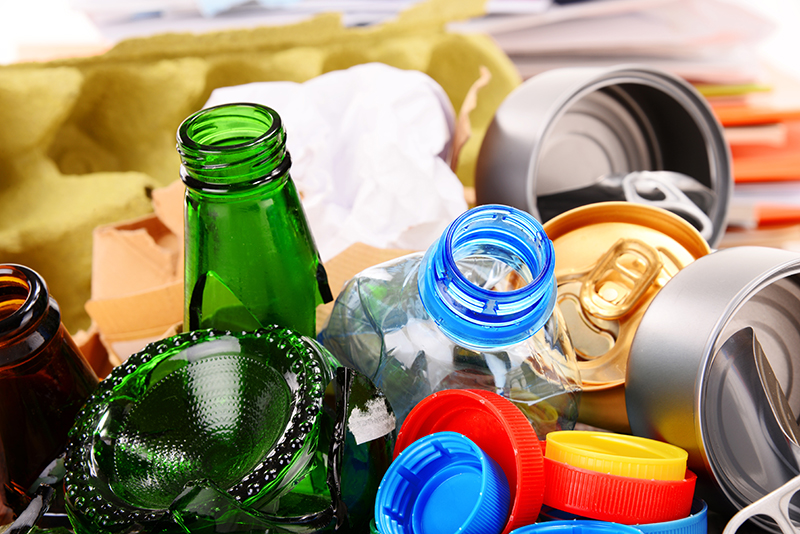Steve Brownett-Gale of Lifestyle Packaging explains the role custom packaging can play in maximising impact for independent businesses
IN today’s marketplace, where 42% of consumers are leaning towards independent companies for their unique offerings, standing out is more challenging than ever. The UK alone boasts approximately 5.47 million small businesses. But how can these businesses ensure they aren’t lost in the crowd and stand out from competitors?
The answer lies in custom packaging design.
Strengthening your brand Image and USP
Custom packaging can showcase a brand’s unique selling point (USP) as the right solution can resonate with consumers by presenting a clear brand identity.
Both primary and secondary packaging play a key role in helping to establish a strong image, and effective and carefully designed solutions can attract consumers and encourage them to find out more about a product and brand.
Elements such as shape, size, materials, and imagery can all work collectively to attract attention from consumers and reinforce a brand’s message and ethos.
This is supported by research, as 81% of consumers have given a new product a try, simply because its packaging piqued their interest, and 63% have repurchased from a brand due to packaging aesthetics.
Brands like Jo Malone are a testament to this, as the signature black and cream but understated packaging exudes luxury and quality.
Elevating product value perception
A product’s packaging can subtly influence its quality and value, and luxury often lies in simplicity. Intricate and over-the-top designs can sometimes confuse and overwhelm consumers, so it is essential to find the right packaging style that promotes a brand message while still incorporating signature colours and logos. This can heighten a product’s perceived value, and this is evident as 52% of purchase decisions are influenced by packaging.
Colour should also be considered, as research suggests that different shades can impact how a product can make consumers feel. Highlighting key brand features, such as a distinct colour or an iconic logo, allows your product to speak for itself.
This positioning empowers businesses with enhanced pricing versatility since consumers often justify paying more for items they perceive as valuable. Evidently, there is a clear avenue for businesses to command higher prices and increase revenue, as this emphasis on packaging can boost consumer interest by nearly 30%, enhancing a brand’s competitiveness.
Building consumer excitement
In the digital age, the impact of image-led social platforms like Instagram and TikTok is undeniable. Packaging is no longer just about containing a product – it’s a marketing tool.
If the design resonates, consumers will eagerly share it, propelling organic growth via word-of-mouth and social shares. Packaging designs that offer a secondary function or interactive feature not only serve a dual purpose but also ignite enthusiasm around your product.
Innovative packaging solutions, like Walker’s Tear ‘n’ Share that doubles as a bowl, or Pizza Hut’s ‘Blockbuster Box’ that transforms into a smartphone projector, add an interactive element that can intrigue customers. Seasonal or limited-edition packaging can further foster an emotional bond with customers for a more memorable experience.
Demonstrating sustainable commitment
Consumers are more eco-conscious than ever, and custom packaging proves a direct way for businesses to exhibit their sustainable ethos.
At least 1 in 5 consumers would discontinue purchasing from brands that did not use sustainable packaging, and 60% are willing to pay more for sustainably packaged goods.
Packaging sustainability transcends just recyclable materials. It encompasses the entire lifecycle – from manufacturing and transportation to disposal.Key considerations include packaging size relative to contents, efficiency of transport due to shape, protective capabilities, and shared end-of-life recyclability or reusability.
Businesses can gain the trust of customers if they are transparent about packaging and production practices, which can be shared on packaging solutions. They can also further highlight their sustainability efforts through certifications and ecolabels like ‘100% natural’, ‘Vegan’, or ‘100% recyclable,’ and augmenting these with QR codes can invite consumers on a shared eco-journey.













